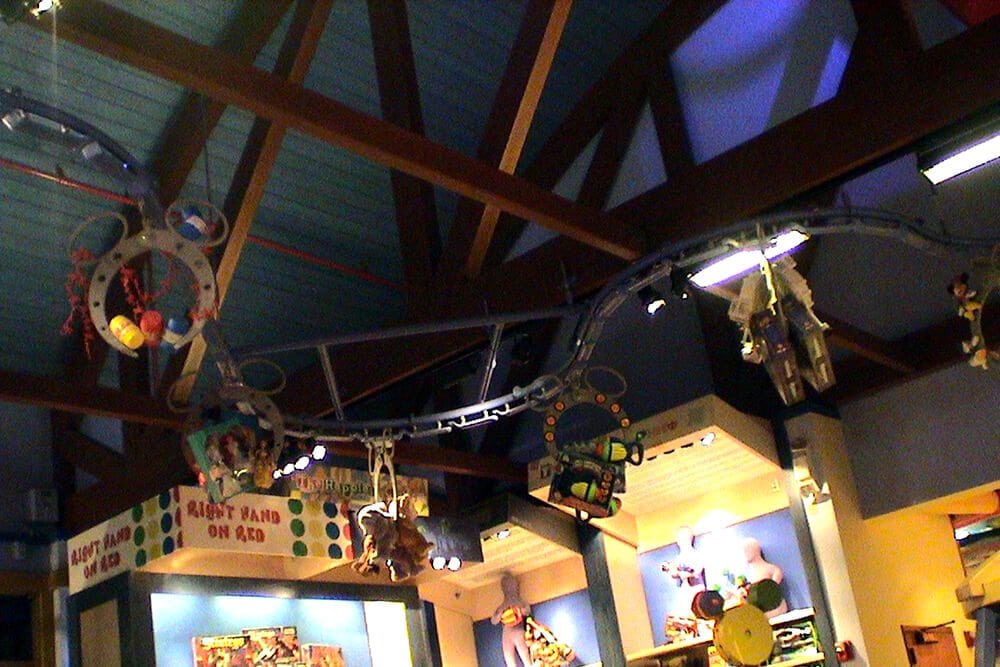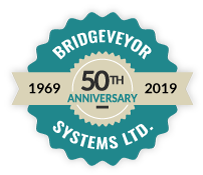How Overhead Conveyors Reduce Your Costs with These Materials Handling Solutions
if your business makes products, provides the raw materials and/or components for products, warehouses products, or sells products, then materials handling is part of your business.
That wide range of businesses for which materials handling is an integral process also shows you the wide range of materials handling processes. It can be part of the robotic assembly of a piece of machinery, or it can be the manual placement of a box on a warehouse shelf.
Considering how many businesses use materials handling and how many different process are dependant on it, than any solutions that make it faster or more efficient can be very valuable.
3 Materials Handling Solutions from Overhead Conveyors
The basic purpose of overhead conveyors is to move objects quickly and safely from point A to point B within your facility. in other words, the purpose of overhead conveyors is to improve your materials handling.
Here are just a few examples of how overhead conveyors can solve your materials handling requirements like no other conveyor system.
1. Bulky Products at Operator Working Heights
Imagine you have a large metal frame assembly that requires parts to be added. The assembly has been painted to a beautiful, high-gloss finish, so it can’t be scratched.
Running such an assembly on a typical floor-based conveyor might not even be possible due to the size of the assembly. There would also be increased risks of scratching unless added precautions were taken. But no so with an overhead conveyor.
2. Passing Products Through Hot, Abrasive or Otherwise Hostile Environments
From painting ovens to casting plants, floor-based conveyors are unsuited to operating in very high temperatures or other extreme environment. Conversely, overhead conveyors don’t have the same problem.
3. Materials Handling Operations that Need Buffer Times Between Processes
If your freshly-painted materials need time to dry between a curing oven and the next station in your process, without slowing down or stopping the entire workflow, that will be difficult to do with a floor-based conveyor. But an overhead system can keep everything running smoothly by using the empty space overhead.
To learn more about how overhead conveyors can improve your materials handling processes, contact us here at Bridgeveyor.












